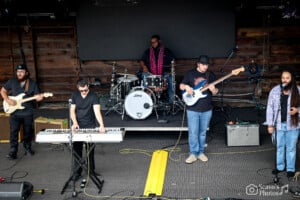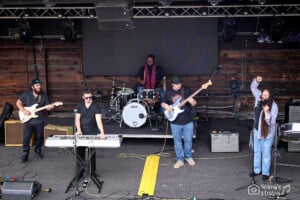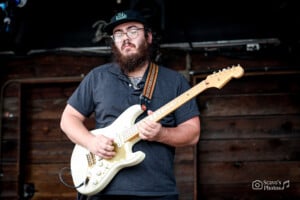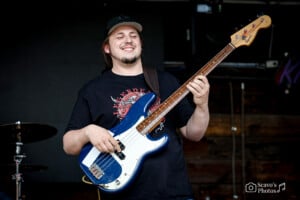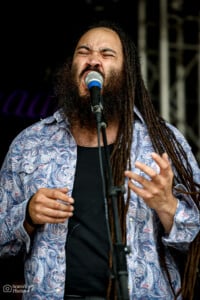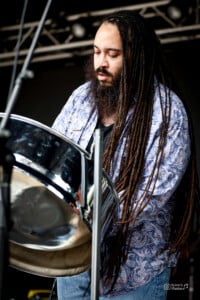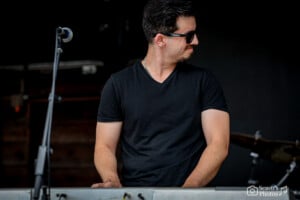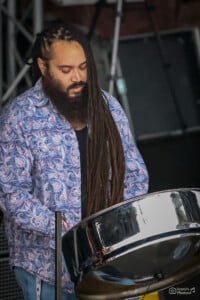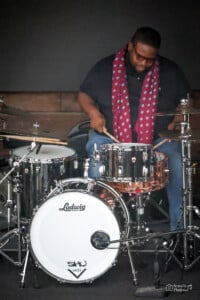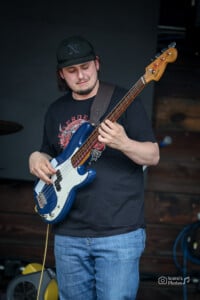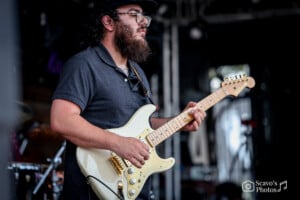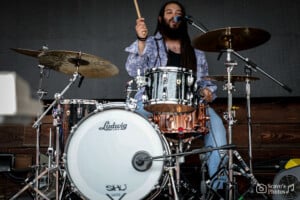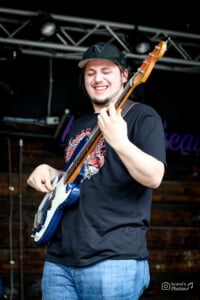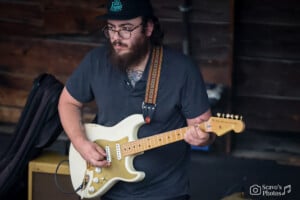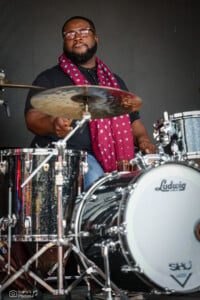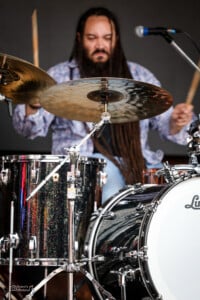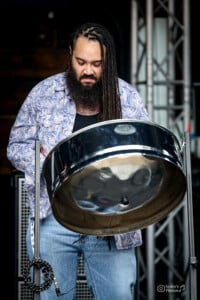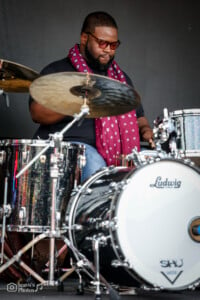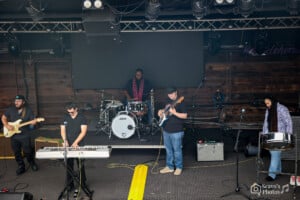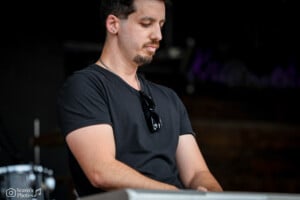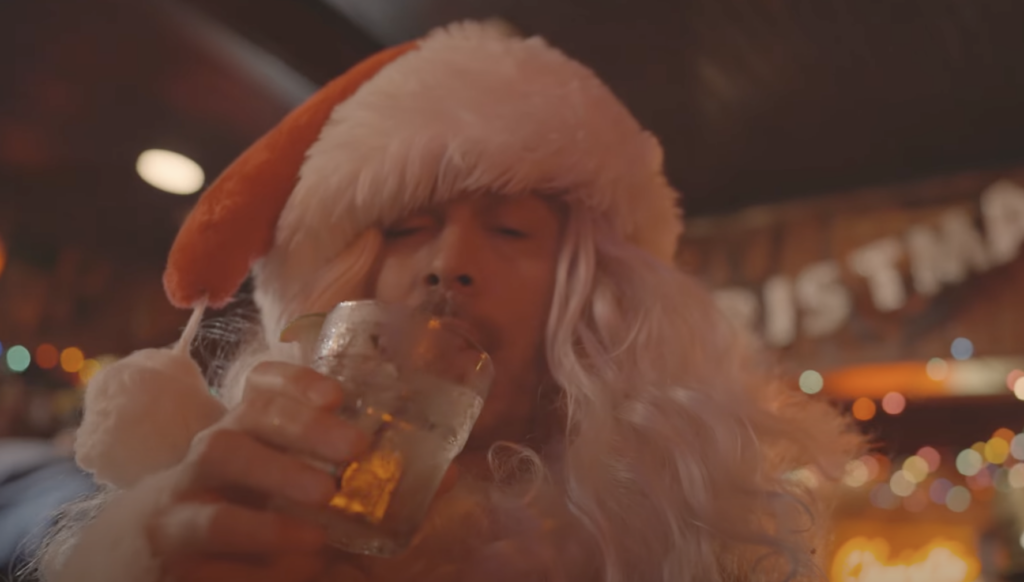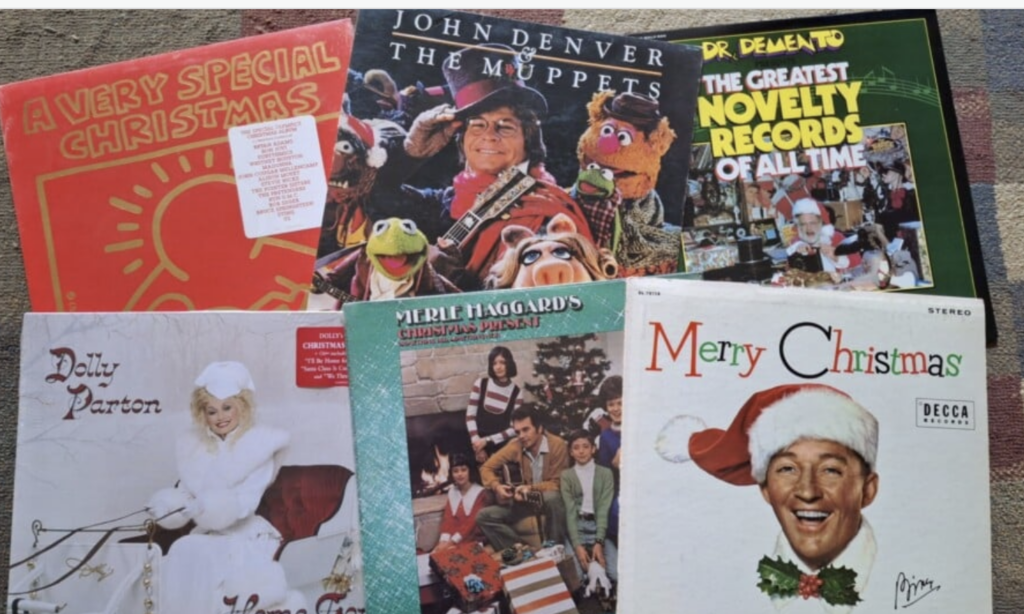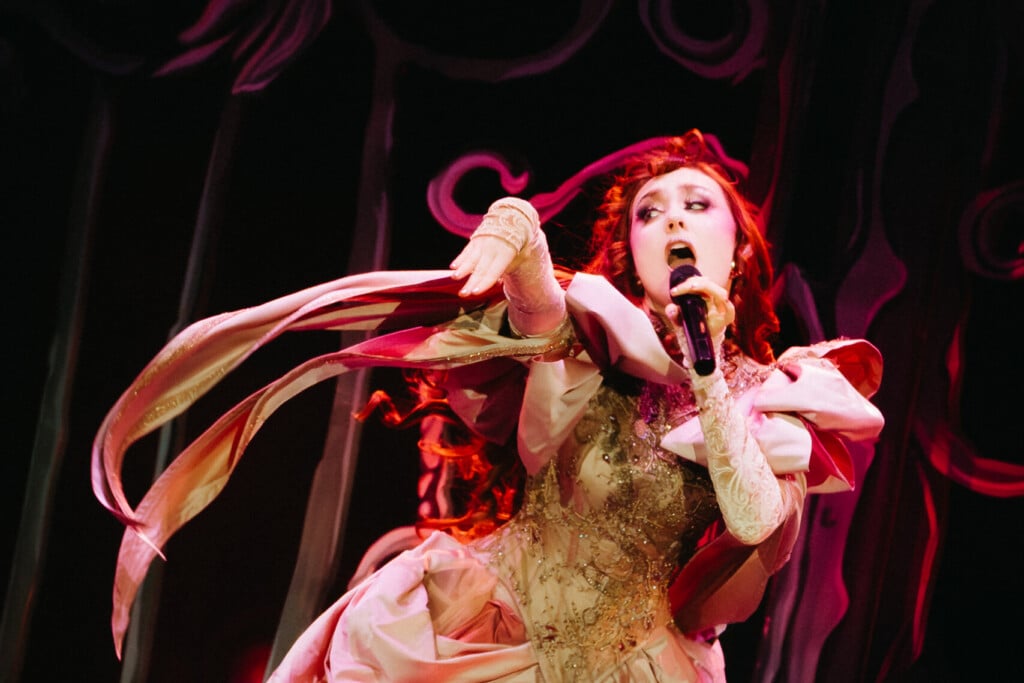Marcus Rattler on all things Legerdemain and the art of the steel pan
After an extremely intense weekend in Arkansas, emergencies, and mishaps, it was so nice to be welcomed at everyone’s favorite venue, Knuckleheads, on Sunday, October 12. The night air carried that familiar breeze composed of part train whistle and part crowd buzz. Inside, the lights were low and golden, catching the edges of cymbals and chrome stands as Marcus Rattler of Legerdemain stepped onto the stage. The first notes rang out clear and bright, like drops of glass striking water, cutting clean through the chatter that had built up as the band was setting up.
For a few minutes, time seemed to fold in on itself. The jazz and funk melodies looped, each one bending into the next. Then, with a flicker of a smile, Rattler slid from pan to drum kit, and suddenly the stillness broke open into pulse and motion. The rhythms were tight, alive, unhurried but full of intent. Every beat landed exactly where it needed to. People clapped, some stomped along, and the front rows leaned in with their phones lit up recording, faces lit by stage light and energy. Rattler barely looked up, his focus absolute, but the connection between player and crowd was palpable. He wasn’t performing for us; he was performing with us.
When the last note finally faded, Rattler stood still for a beat, head bowed slightly, hands at his sides. The applause came quick and heavy. He looked up, smiled wide, and gave a small, grateful wave before stepping back into the shadows.
We were fortunate enough to sit with Marcus for a few questions afterward.
The Pitch: Could you walk us through the moment when you first discovered the steel pan and what drew you to it, rather than more traditional percussion instruments?
Marcus Rattler: I had seen them before, but never up close. When I went to TSU, Dr. Michael Bump had recently created Truman Steel, the Pan Band for the college. I jumped into the group as soon as I could and something about the overtones and the pattern that they are laid out in makes my brain happy. I’ve never acclimated so quickly to a melodic percussion instrument, and I’ve played A LOT of them. Once, I went to perform in Trinidad, the birthplace of Pan, and I was hooked for good.
You’ve brought steel pan into different genres. What challenged you most in forging your own path with the instrument in a Midwest scene that may not have the same steel-pan tradition as other places?
My favorite thing to tell the guys is, “Let’s show them what they didn’t know they wanted.” Most people are unaware of Steel Pan, and those who are often rope it into only “island music.” Performing multiple styles is extremely rewarding, but I am almost always met with some kind of pushback … until they hear it!
I read that you lived for a short period in Philadelphia, where you learned how to build steel pan instruments and helped ship them out across the country. Is that accurate? How did that experience inform your playing, your appreciation of the instrument, and your view of the steel-pan community at large?
It was a huge learning experience for many reasons. I had my hand in helping produce some pans for Princeton and some Texas middle schools. I learned the building process up to tuning, the most meticulous part, and played in New York Panorama with the Philly Pan Starz. This helped me see the inner workings of Pan here in America, which are slightly different from those in Trinidad, where I performed twice. I unfortunately also learned that due to the young age of this instrument and culture, a lot of verbal agreements can fall to the wayside. Things are becoming more regulatory every day, but there are people who still take advantage of the culture.
How have you seen audiences respond when they hear steel pan in your music for the first time?
My favorite response from a recent show is, “What’s that silver thing with the tippy tap?” Almost always, they ask if we do reggae, and then they are pleasantly surprised when I start soloing on some blues or a rock song. Lots will come around to the side of the stage to see what I’m doing in the Pan.
Your band Legerdemain spans many genres and you write and arrange music for it. You also perform in Sonderluss Soul. Are there any other projects you have your hand in?
Legerdemain is my main creative project, but I am also the percussion director for Pinnacle Winds, a local wind symphony. We are well on our way to be the first pro wind band put together in the 21st century! Beyond that, I do solo work, record percussion for commissioned projects, teach lessons, as well as a masterclass–I’m very lucky to be using my passion to make money. My recent proud accomplishment is people requesting that I bring the Pan with me when they pick me up for fill-ins!
When you sit down to write a piece, what is your process?
There are many routes, but the guys make everything better. Daniel Yung on keys and cello. He is the oldest member and the most musically knowledgeable, so I use him as a sounding board all the time. Zach Arias, on guitar, writes the craziest lines that I thought I would never be able to play, especially with one hand. I usually give a set of chords and a groove to the guys and his natural shredding turns into a unison line for us. Andrew Voggessor, on bass, holds it down and often helps shape the form of the pieces we are working on with suggestions for riffs and endings. Also, theoretically genius!
In your role, you wear multiple hats onstage. How do you decide which role takes the lead in a given piece, and how do you switch between them seamlessly during a live set?
Mostly the guys. They make me sound REALLY good. They are rock solid to lean on and we all actually love each other and enjoy each other’s time. It frees me up to play for them when I’m on stage, not necessarily to the crowd. I think the crowd enjoys how much we enjoy music with each other. I also look at everything I’m doing as one instrument rather than a bunch of things. I envision a score in my head and I just have to put all the right things in the right spot as I perform a certain piece (drums, vocals, steel pan)
You’ve mentioned the importance of “professionalism and depth of preparation” (even rehearsing through your house flooding!) as a musician. What is your rehearsal process like and what habits have served you best in keeping a band tight while maintaining creative freedom?
I always go into rehearsal with a clear set of objectives. We will often warm up by jamming to release any emotions or anything from the day. We just start playing with no destination or rules and it’s very therapeutic. Then we stick to the rehearsal schedule, and if we finish we try and hit some more objectives for the future, or create in the moment. This past year has been heavily objective-driven in preparation for recording the album and then for entering the IBC.
What role does improvisation play in your performances, especially when playing an instrument like the steel pan, which many audience members may not associate with jazz/fusion contexts?
HEAVY. It’s how I compose, and on stage, we always leave room for solos over some part of the form. It’s also a bit of a “cheat code” for me. When playing multiple instruments at once, the less rules I make for myself, the easier it is to play freely. Some songs have exact melodies or harmonies with a horn line, but I usually write rhythmic changes and improv over that with the Pan. This helps to limit mistakes, by living in irregularity/chaos.
My number one concern is the music and the feelings we are evoking with a particular piece, and for me 100% consistency for every note, for every song, every time, isn’t a part of that. We like to “talk” with our instruments in the moment. And those boys got some things to say! People always like the pan when they hear it. Especially through my pedal board and amplifier.
What are some of the biggest obstacles you’ve faced in making steel pan education more available in the Kansas City region (or beyond), and what strategies have you found effective?
Funding, by far. I could have reached my dream of starting a steel orchestra and Panorama for the community and professionals in KC, but it’s a difference of about $50,000 for proper startup, storage, and every school I’ve spoken with is on board and would host me, but they will not buy the instruments. It is my long-term goal and one of the main reasons Legerdemain operates. We want to play the music we want, but also bring awareness to the instrument. I have made great progress as we will be the first band to take Steel Pan to Memphis for the International Blues Challenge. Every new ear that hears Pan not as Island music is a step in the right direction.
For young musicians in the Kansas City area who might be unfamiliar with steel pan or drums in general, what advice would you give them in exploring this instrument?
Listen! Use the internet and explore all the Pan artists and what they are doing. I am not the first to use Pan in this musical medium. Some of my favorites are Liam Teague, Jonathan Scales, Victor Provost, Silver Stars Steel Orchestra, to name a short few. Also, subscribe to my YouTube! Hundreds of videos!
Reflecting on your journey so far from a college student, instrument builder, to bandleader, what has surprised you most about the path of being a musician in this particular niche?
Singing. I’m an instrumentalist at heart, and I’m honestly not a big fan of my voice, but it all goes back to the guys. They make me a far better musician every time we get together. They have managed to bring vocals out of me that won the regional IBC. I’m also very happy to see people as excited as I am about the crazy sounds I’m getting out of this beautiful instrument.
You’ve achieved recognition shortly after forming, specifically with Legerdemain with which you placed 2nd in the 2023 International Blues Competition in KC. How did that success shape your band’s direction and your own ambitions?
It definitely gave me the courage to enter this year and the affirmation that what I am doing with Pan is worthwhile. I’m still in shock that we won this year, not because if any of the guys, just because of, again, my voice. Vocals are a huge part of Blues. We are doing well in places we “don’t belong,” so we are VERY excited to show the people what we have cooked up on our own.
What’s next for you? Any musical projects, recordings, collaborations, or educational initiatives you’re excited about that you can share with us?
We will go ahead and announce here: “Do It” single on November 28, Black Friday, and Monster ‘n’ Me album on April 16, 2026.
Finally: if you could pick one moment in your career so far that captures “what you’re trying to do” as a musician, what would it be? And why?
Music is spiritual. We were recording at Weights and Measures on a track called “poKCet roKCs” where Joel Gordon sits in on Sax. I told Joel to sit out the first half and then just have at it. His solo was sooooo goooood, when we cut the track everyone turned to his booth and just yelled “JOOOEEEELLLLL!!!” I want to experience that and capture that as many times as possible and share it with the world.
